Poster Sessions
The following abstracts have been selected for poster presentations at NCCO11, November 6-8, 2025, at California State University, Fullerton.
Poster Session with Mini-Presentation
-
From History to Harmony: Interdisciplinary Learning Through the Works of James McCarthy
Dr. Scott AuCoin, University of Alabama -
From Oppression to Expression: Exploring Colonial-Era Poetry in Korean Choral Works
Ms. Youngeun Kim, DMA student -
Play as a Pathway to Optimal Experience" Rapture in Rehearsal and Performance
Dr. Carole Ott, University of North Carolina at Greensboro -
A CMP Analysis of Four Masterworks
Mr. Zachariah Smith, MM student
Poster Session
-
Electronics + Choir
Prof. David García Saldaña, Pasadena City College -
Expanding the Canon: Choral Programming and Popular Music
Dr. Andrew Martin, University of Tennessee Southern -
Rediscovering the Music of Bianca Maria Meda and 17th-Century Italian Nun Composers
Dr. Reina Dickey, Miami University -
Suites 4, 7, and 9 of José Siqueira's Cantigas Folclóricas do Brasil: Musical and Sociohistorical Aspects
Dr. Marcel Ramalho, Augusta University -
Teaching Hybridity, Identity, and Nationhood through Antonio Estévez's Cantata Criolla
Dr. Eric D. Reyes, Hope College -
Up, and defy them!: The Choral Music of Ethyl Smyth
Dr. Christopher Clark, Case Western Reserve University -
Fostering Choral Composition
Mr. Blake Clawson, MM student -
The Correspondence and Thought Processes of Robert Schumann in Der Rose Pilgefahrt
Mr. Wyatt Smith, MM student
From History to Harmony: Interdisciplinary Learning Through the Works of James McCarthy
As collegiate choirs seek to make choral music more relevant and resonant for both performers and audiences, there is a growing need to explore repertoire that reaches beyond the traditional canon. The choral-orchestral works of British composer James McCarthy offer rich opportunities to cultivate transformation on both musical and intellectual levels. Known for his cinematic style and emotionally charged narratives, McCarthy creates works that center on significant historical events and figures, serving as powerful catalysts for interdisciplinary exploration and meaningful concert experiences.
McCarthy’s choral-orchestral works 17 Days, Codebreaker, Malala, and One Giant Leap recount stories of courage and resilience including the 2010 Chilean mine rescue, the life of LGBTQ+ icon Alan Turing, the activism of Nobel laureate Malala Yousafzai, and the legacy of the Apollo 11 moon landing. These pieces lend themselves to collaboration across academic disciplines such as history, science, and social justice, expanding the scope of what a choral performance can be and how choral music can resonate beyond the rehearsal and performance space.
This research explores how McCarthy’s music bridges performance and academic inquiry, fostering transformative learning experiences and creating concerts that engage communities in meaningful ways. The poster introduces these lesser-known works and highlights their musical and pedagogical features that make them accessible for a wide variety of collegiate ensembles. It also presents strategies for interdisciplinary collaboration within rehearsal and performance contexts.
A case study of Codebreaker: The Alan Turing Story demonstrates how a collaborative performance between the University of Miami Frost School of Music and the Master Chorale of South Florida integrated archival resources and community partnerships with the concert experience. With support from the Our Fund Foundation and a pre-concert exhibit by the Stonewall National Museum and Archive, this project contextualized queer life in the mid-twentieth century and created a multifaceted community and musical experience.
By promoting McCarthy’s work as a model for innovative programming, this research encourages conductors and educators to create concert experiences that challenge, inspire, and transform.
Dr. Scott AuCoin
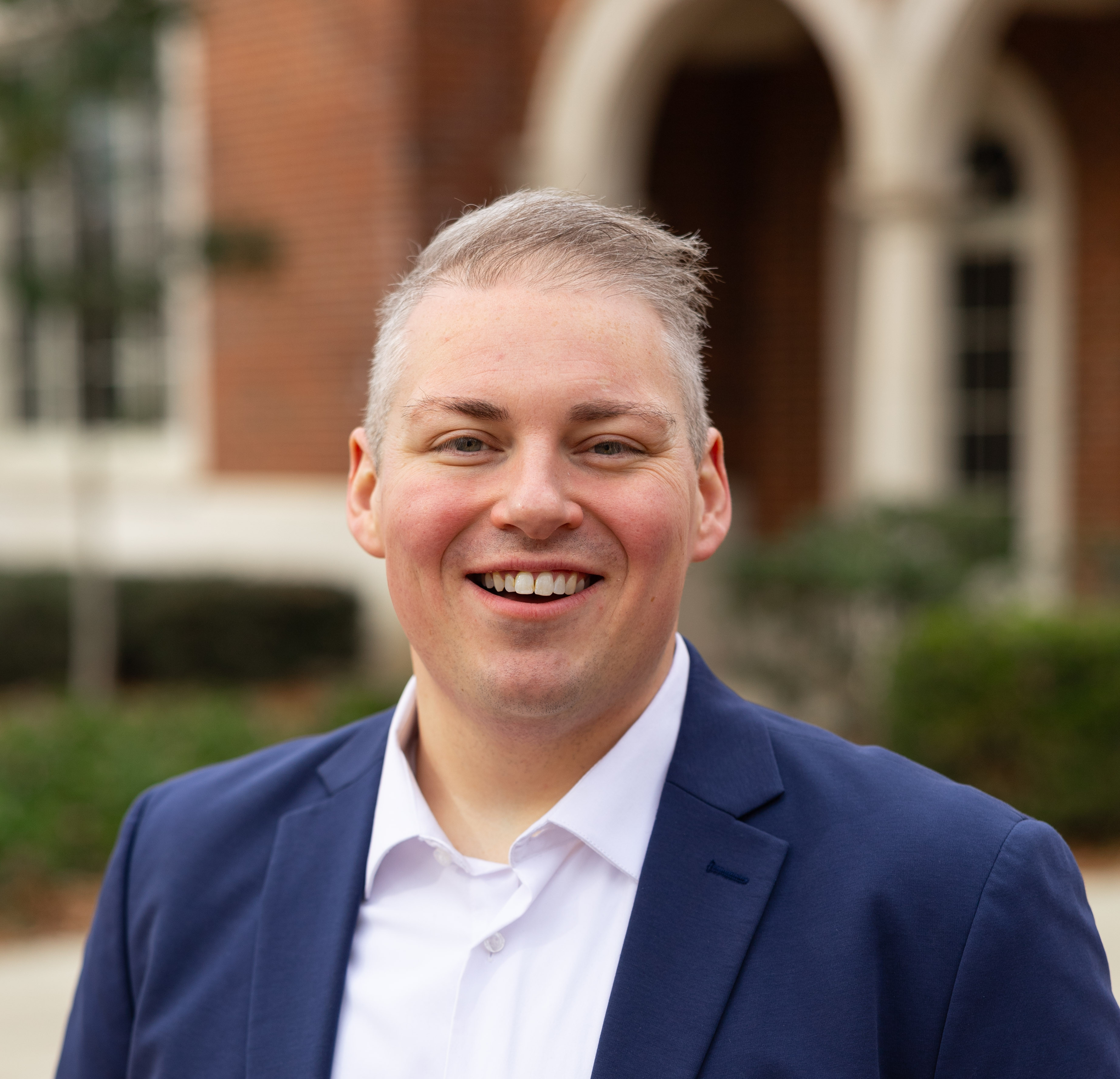
Dr. Scott AuCoin is Associate Director of Choral Activities at the University of Alabama where he conducts the University Chorus, Tenor Bass Chorus, and teaches courses in choral literature and conducting. He previously held positions at Haverford College, the Master Chorale of South Florida, and Marriotts Ridge High School. An active composer, his music is published with Walton Music. Dr. AuCoin holds degrees from University of Miami, Westminster Choir College, and University of Maryland.
From Oppression to Expression: Exploring Colonial-Era Poetry in Korean Choral Works
From 1910 to 1945 Korea endured Japanese colonial rule. This time was marked by severe oppression that permeated all aspects of life. Despite great hardship during this era, Korean authors created poetry that continues to resonate today. Their works embody the uniquely Korean sentiment of han, which is characterized by deep sorrow and unresolved
resentment. These poems are marked by profound lyrical beauty. The poets also regularly employed nature as a symbol to effectively communicate and evoke emotional depth. During Japanese colonial rule, these works played a significant role in preserving Korean cultural identity. By understanding the historical and cultural context of these poems, as well as the lives and characteristics of the poets, conductors can gain deeper insights into the choral compositions based on these texts.
The Japanese occupation of Korea is divided into three phases: Martial Law, Cultural Policy, and Forced Assimilation —- each imposing varying restrictions on literary expression. In this study, I explore the poetry and lives of three significant poets from the colonial era: Kim So-wol (1902-1934), who was active during the Cultural Policy period, and Yun Dong-ju (1917-1945) and Yi Yuk-sa (1904-1944), who were active during the Forced Assimilation period. Their works feature themes of resistance, contemplation on life and existence, and the sentiment of loss. These themes are deeply intertwined with the oppressive realities of the colonial era and the tragic fates of the three poets, whose lives were marked by suffering under Japanese rule and ultimately ended in tragedy.
In recent years four female Korean composers, among others, have set these poems in choral works that preserve their emotional and historical depth. Among these works are Invocation and Dream Path (1925) by Kim So-wol, set to music by Jo Hye-young and Jo Sung-eun, respectively; Prologue (1941) by Yun Dong-ju, set by Jun Kyung-sook; and The Wild Plain (1931) by Yi Yuk-sa, set by Ji Hye-jeong. Through this study, I hope to deepen understanding of Korea’s painful history, and to share the historical context and poetic themes in these texts. Knowledge of the historical and cultural significance of these poems can help conductors and performers approach the musical works with empathy and nuanced interpretation.
Ms. Youngeun Kim
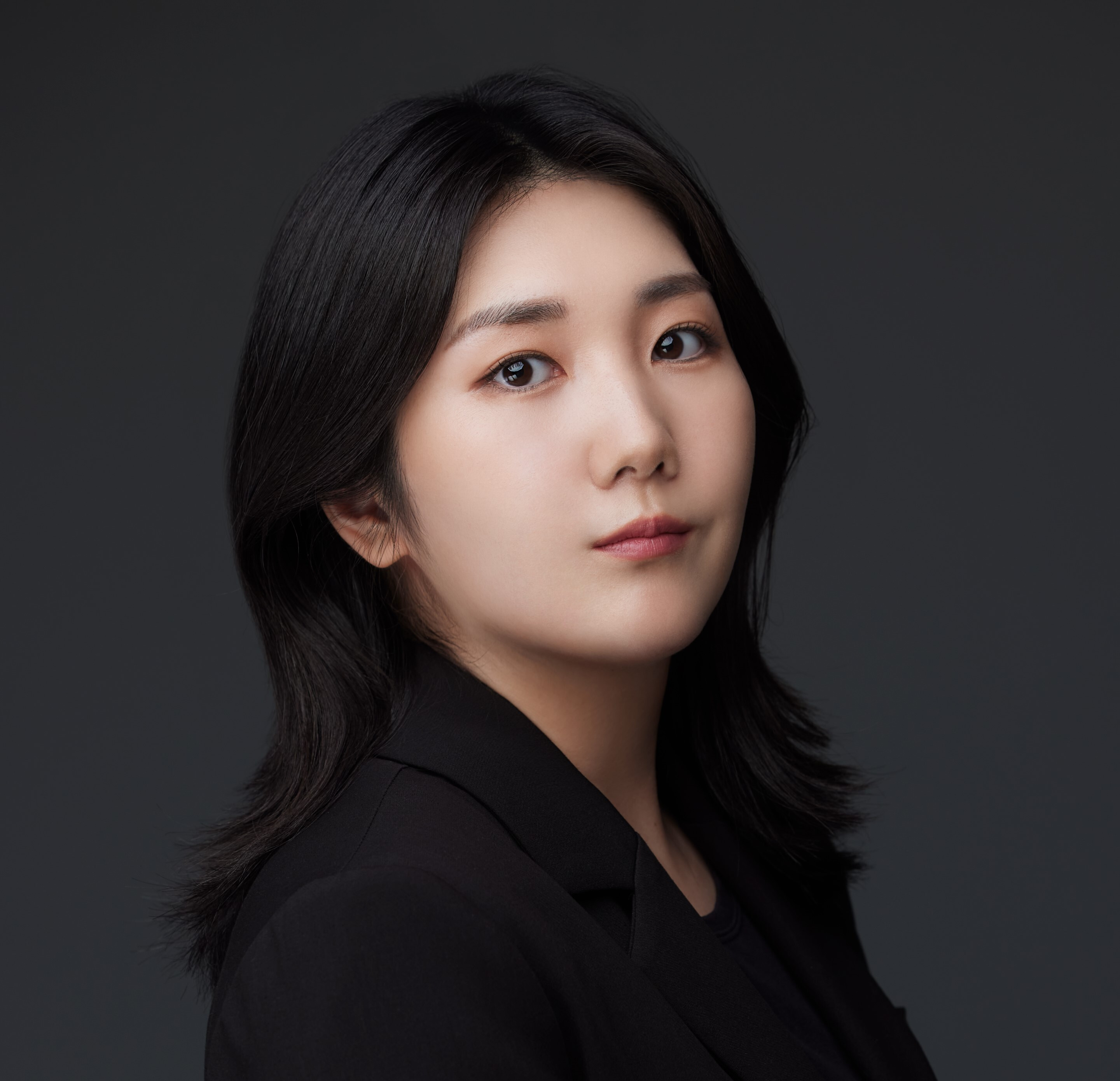
Youngeun Kim, from South Korea, is a third-year DMA student in choral conducting at the University of Arizona. She is music director at First United Methodist Church and assistant conductor of Tucson Masterworks Chorale. She was selected for the 2025 ACDA National Conducting Masterclass and participated in a poster session at the same conference. She holds a BM in vocal performance and an MM in choral conducting from Ewha Womans University, and a second MM from the University of Louisville.
Play as a Pathway to Optimal Experience: Rapture in Rehearsal and Performance
In his book Homo Ludens: A Study of the Play-Element in Culture (1950) Johan Huizinga identifies seven elements of play: order, tension, movement, change, solemnity, rhythm, and rapture. This poster is an exploration of the play element in the rehearsal and performance of choral music with an emphasis on describing the experience of rapture from the viewpoint of the conductor and the ensemble member. The rapture experience has also been described by psychologist Mihaly Csikszentmihaly is his book Flow: the Psychology of Optimal Experience (1990) as the Flow State. Through examination of Csikszentmihaly’s research on optimal experience, Huizinga’s theory of play, and other resources on conducting and rehearsal technique, I aim to provide a framework for conductors to utilize play concepts in their rehearsals and performances to create the optimal conditions to experience rapture.
The word “rapture” itself conjures a host of images. From overwhelming happiness to acts of violence, to religious events, the word is deep in meaning. In the Oxford English Dictionary, it is defined as: A state, condition, or fit of intense delight or enthusiasm. Transport of mind, mental exaltation or absorption, ecstasy. Rapture appears in the work of Dutch theorist Johan Huinziga’s Homo Ludens: The Play Theory
of Culture. In this work, Huinziga defines and describes the elements and characteristics of play as order, tension, movement, change, solemnity, rhythm, and ultimately rapture. Erin Heisel, in her dissertation on play theory and musical analysis, defines rapture as the “inherent goal of play.” We play in order to experience the transport of mind and absorption of rapture. Heisel makes many connections between
Huinziga’s work and psychologist Mihaly Chzisentmihaly’s work on Flow Theory. Chzisentmihaly speaks often of ecstasy throughout his work as an outgrowth of the flow experience. This poster will explore ways in which Huinziga’s elements of play and Chzisentmihaly’s Flow Theory can be applied to the rehearsal and performance of choral music.
Dr. Carole Ott
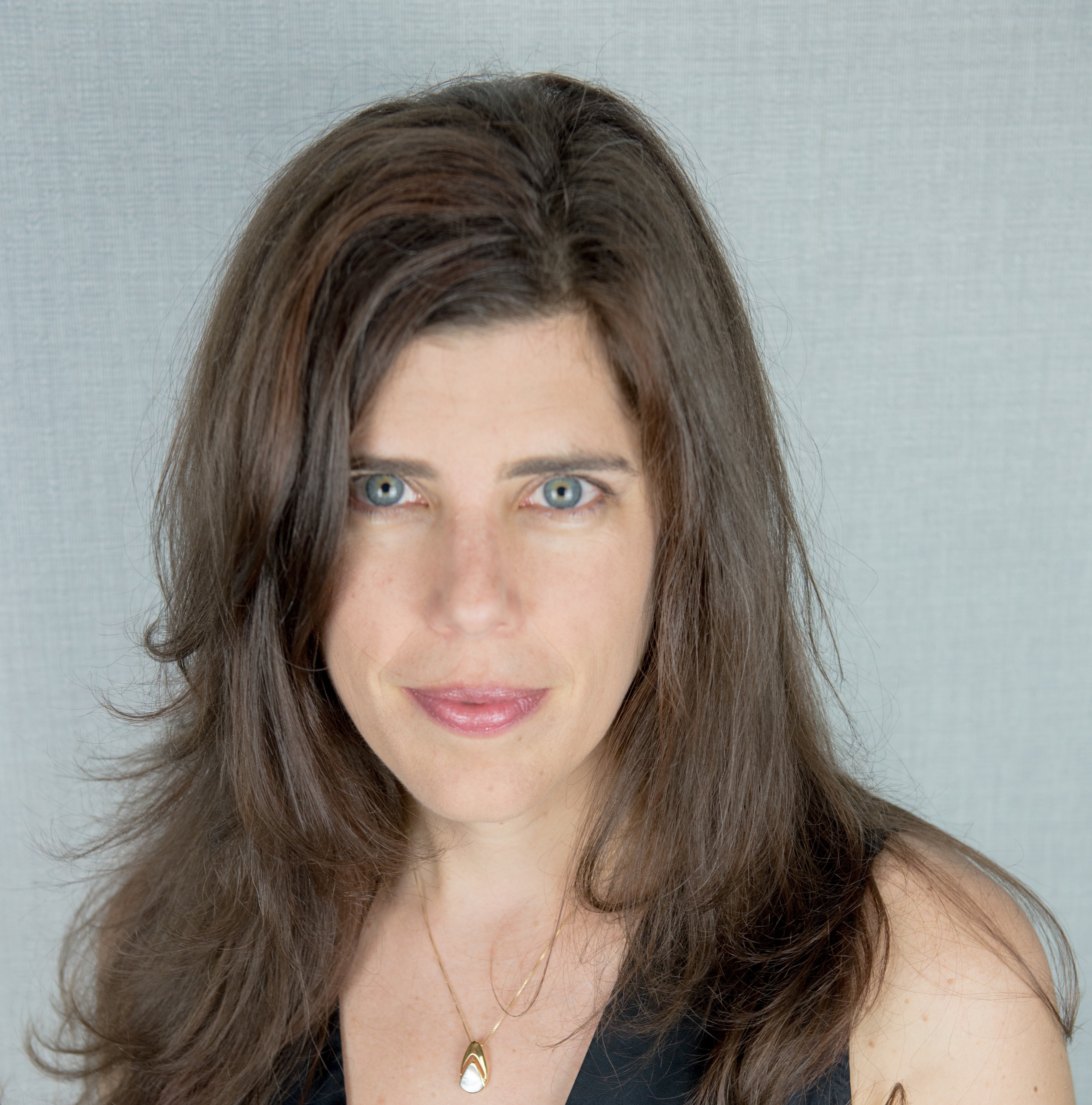
Dr. Carole Ott is Director of Choral Activities at the University of North Carolina at Greensboro. Her degrees include the DMA in conducting from the University of Michigan where she studied with Jerry Blackstone. She also holds a BM in Music Education from the University of Cincinnati College-Conservatory of Music where she was the inaugural recipient of the John Leman Award for Choral Excellence. Dr. Ott directs the Chamber Singers and teaches graduate conducting and free improvisation.
A CMP Analysis of Four Masterworks
The Romantic era, long dominated by a canon of white male composers, has framed our understanding of “masterworks” in Western classical music. This has had far-reaching implications for programming, pedagogy, and performance practice. A reexamination of 19th and early 20th Century repertoire is needed to identify excerptable choral material that can be meaningfully integrated into concert programs. Many conductors are familiar with famous excerpts such as Mendelssohn’s He Watching Over Israel, Verdi’s Dies Irae, or Brahms’ Wie lieblich sind deine Wohnungen. The feedback loop created by performing excerpts popularizing and thus catalyzing productions of masterworks perpetuates a system in which overlooked composers are further neglected.
Composers such as Amy Beach, Samuel Coleridge-Taylor, Louise Farrenc, Florence Price, and others wrote choral works of considerable skill and depth. Many of these pieces remain unpublished, unrecorded, or overlooked because of systemic biases in music history and performance tradition, leading to an inaccurate presentation of cultural history and denies our ensembles excellent music. Curating excerpts from these excerpts for concert performance is an essential step toward rectifying this imbalance. This poster session aims to introduce conductors and choirs to high-quality, unfamiliar works that they can eventually program in their entirety, thereby breaking the cycle of neglect and expanding the accepted canon.
This poster session will specifically offer analyses and practical excerpts from a selection of these significant choral works: Beach’s Festival Jubilate, Coleridge-Taylor’s Bon Bon Suite, Farrenc’s Les Brigands, and Price’s Abraham Lincoln Walks at Midnight. The analysis for each excerpt will be conducted through the lens of the Comprehensive Musicianship Through Performance (CMP) model, emphasizing its core tenets. This approach will facilitate drawing deeper connections with the music's structure, the expressive content of its text, and its historical and cultural context. For example, one of the analysis sections explores how Florence Price's nuanced harmonic choices in Abraham Lincoln Walks at Midnight underscore the emotional weight of Vachel Lindsay's poem, or how Amy Beach's innovative melodic contours in Festival Jubilate amplify the celebratory text. By applying the CMP model, this session aims to demonstrate how a holistic understanding of these works can not only inform more authentic and compelling performances but also highlight their intrinsic artistic merit, making a strong case for their broader inclusion in the choral repertoire.
Mr. Zachariah Smith
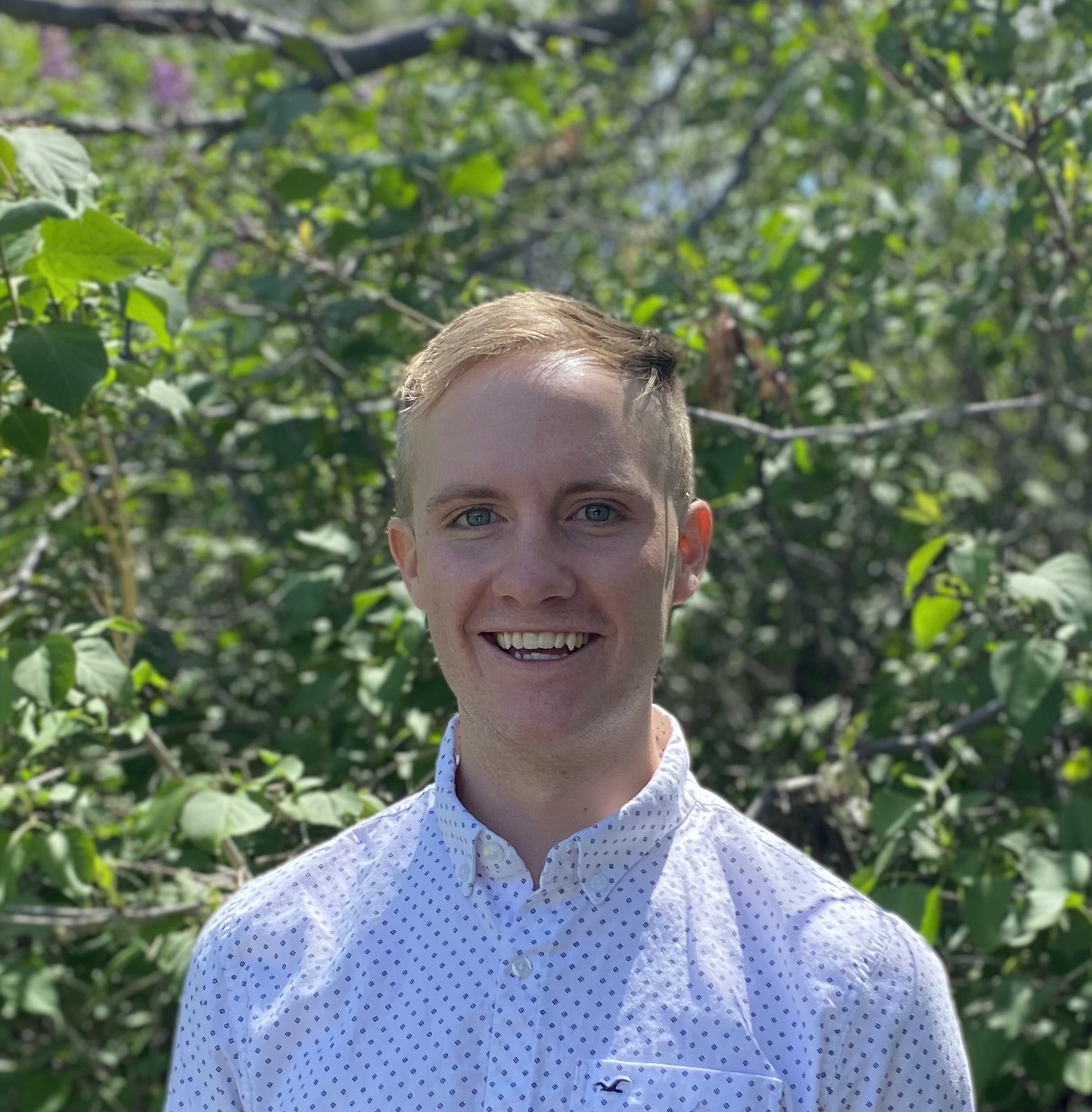
Zachariah Smith is a graduate student at the University of Colorado Boulder studying choral conducting and music education. He has studied with Coreen Duffy, Elizabeth Swanson, and Leila Heil. Prior, he was the choir director at Rocky Heights Middle School in Colorado and sang with the Denver based ensemble Kantorei.
Electronics + Choir
I am proposing to present a best practice poster that demonstrates the diversity of expression by artists working at the intersection of these two musical practices. This poster will focus on literature writtn spanning from the 70s to the present, sourcing published music (the Frank Pooler Comtemporary Choral music series, Walton) and unpublished new works (Matthew Brown's "Synapsis" & Saunder Choi's "Evidence to Stay.")
The poster will present an analytical framework for readers based on a spectrum of fixed-to-interactive and the manners in which historical development in hardware and software (app development) technologies enabled this. A secondary emphasis will be placed on the use of automation in the music making process.
Prof. David García Saldaña
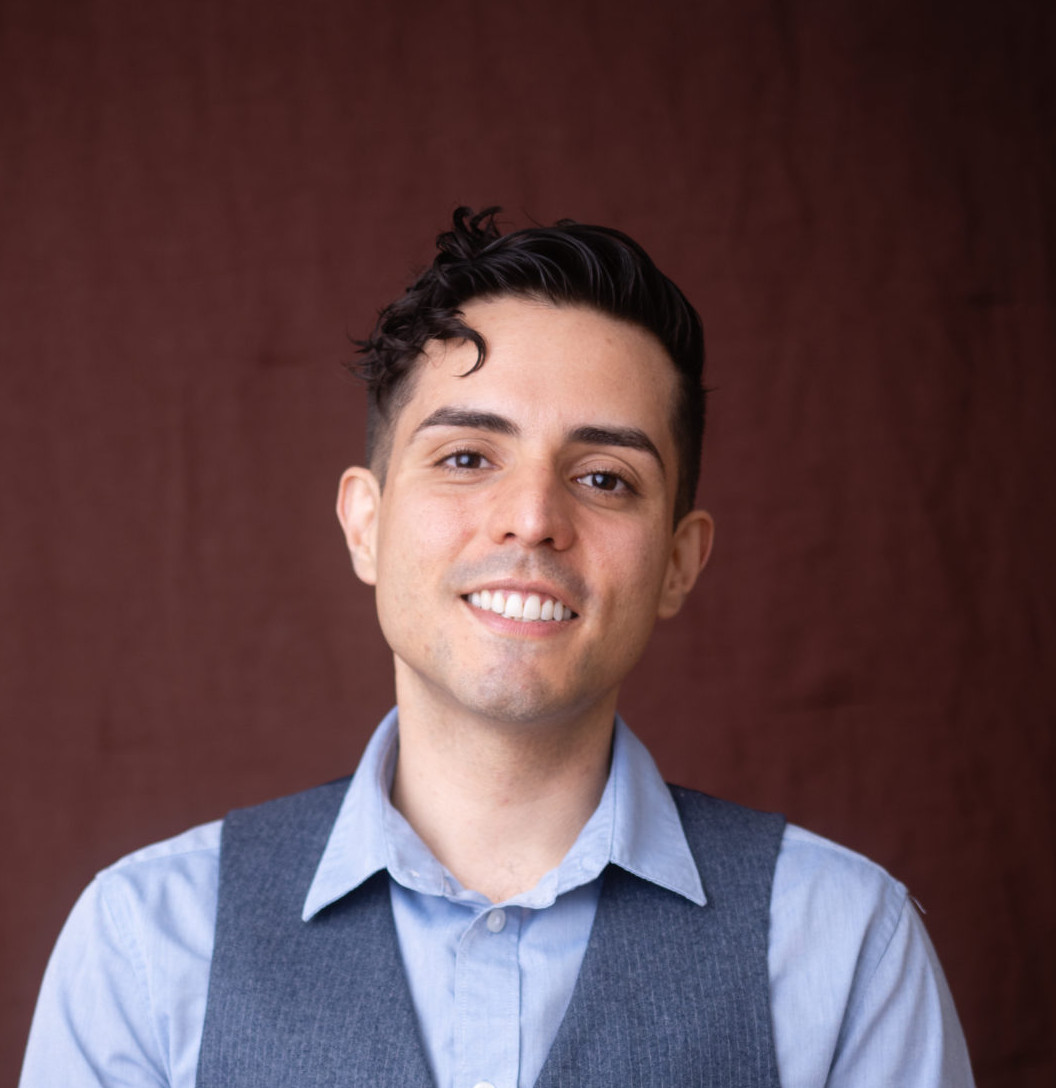
A Los Angeles Mexican-American Chicano composer whose choral work draws on folk music and traditions. His compositions have been performed by the Los Angeles Master Chorale, SACRA/PROFANA, and The Sunday Night Singers, and he has received commissions from the Los Angeles Unified School District and Cortines High School for the Arts. He approaches Latinidad as a dynamic identity, expanding Latin American music narratives to include the U.S. Latino voice. He has taught from middle school through college and currently teaches Music Theory and Composition at Pasadena City College. He serves as Western ACDA Composer Track Co-Chair.
Expanding the Canon: Choral Programming and Popular Music
What role do arrangements of popular music play in programming for large concert choirs? For many conductors, if these arrangements are included at all, they may serve a novelty role or be confined to a “lighter” pops concert or to the second half of a concert that is front-loaded with more “legit” repertoire. In educational settings, perhaps a show choir, vocal jazz group, or other pop-specialty ensemble carries the popular music banner, allowing the concert choir to focus on segments of the repertoire deemed more “traditional” or “appropriate." Certainly, many pop arrangements have been written specifically for these specialty groups, resulting in pieces with characteristics that simply may not suit the goals of a concert choirs— perhaps it is too focused on solo singing, maybe the choral writing is overly simplistic (or the parts are really just instrumental lines masquerading as vocal parts), or it demands an investment in developing a style of singing for which we cannot devote the necessary rehearsal time.
Folk songs once faced a similar barrier to choral performance, but the creation of arrangements that meet the expectations of concert choirs has helped elevate folk music to equal status on the choral stage with the music of the Western art music canon. Are there arrangements of popular songs that also meet these expectations? Can popular music make the same leap in legitimacy?
Through score examples and analysis, this poster provides conductors with criteria for evaluating the characteristics of arrangements of popular music with respect to their idiomatic suitability to concert choirs, as compared to those arrangements that may better suit a pop-specialty ensemble.
Dr. Andrew Martin
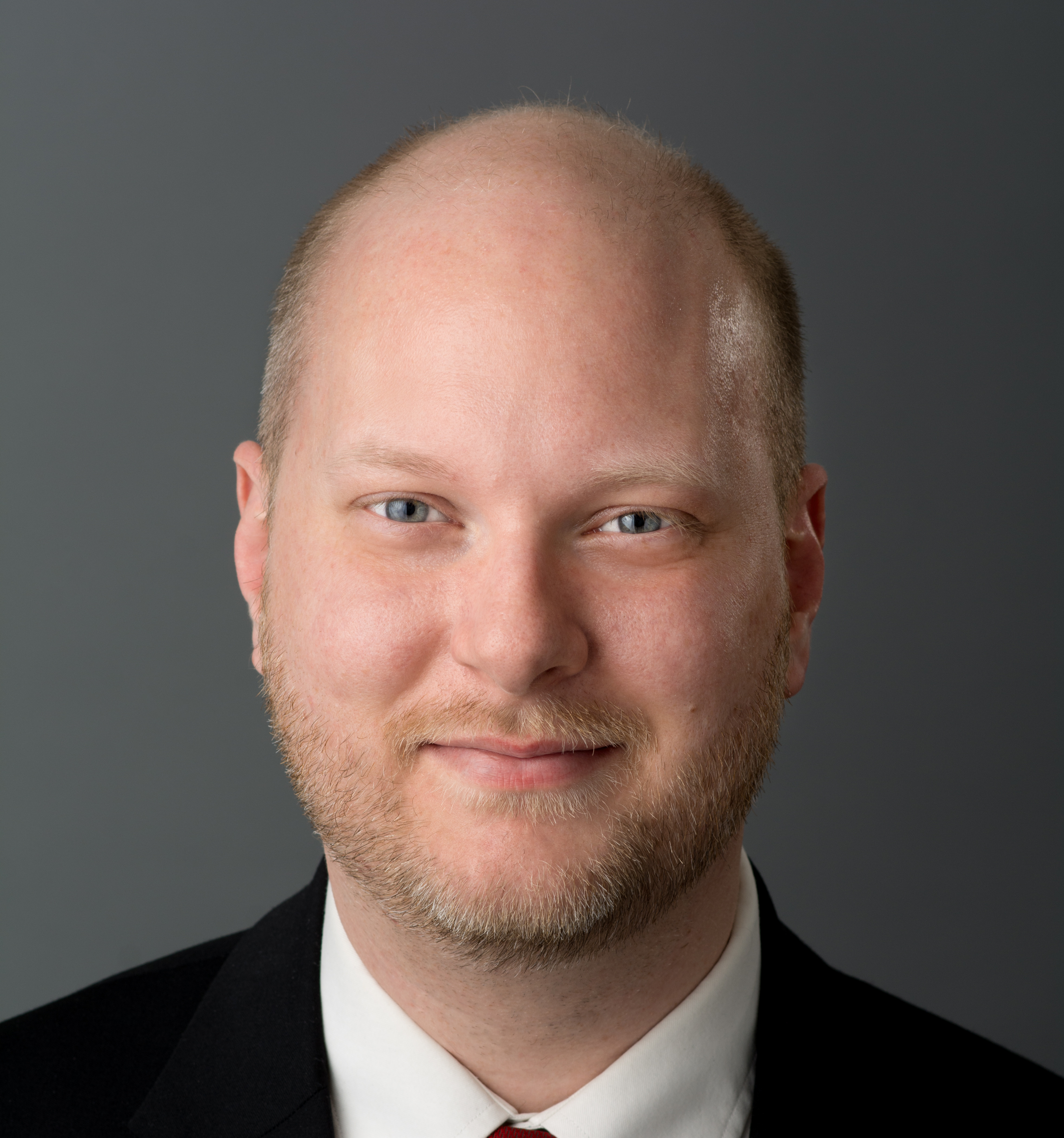
Andrew Martin, a choral conductor, clinician, and arranger, is in demand as a choral clinician and adjudicator and his arrangements are performed by choirs throughout the country. Martin currently serves as Director of Choral Activities and Coordinator of the Fine Arts Program at the University of Tennessee Southern in Pulaski, Tennessee. Martin holds a doctoral degree in Choral Conducting from Ball State University where he studied with Andrew Crow and Kerry Glann.
Rediscovering the Music of Bianca Maria Meda and 17th-Century Italian Nun Composers
Prioritizing works by underrecognized composers in concert programming creates opportunities to discover new repertoire and uplift historically overlooked societal perspectives. While conductors are increasingly attentive to works by living composers from diverse backgrounds, historical composers with underrepresented identities remain comparatively underprogrammed. Some of the limiting factors to programming more this historical repertoire include:
- Knowledge and awareness of these composers
- Understanding their historical musical idioms
- Understanding their contributed societal perspectives
These historical works offer artistic value and vital insights into the musical and cultural contexts of their time, many of which may mirror contemporary musical
practices and societal insights.
This poster centers on the music of seventeenth-century Northern Italian nun composers, a rich yet infrequently programmed repertoire in Western European music history. Focusing specifically on the composer Bianca Maria Meda, this poster offers a detailed analysis and historical contextualization of her motet “In foco ardentissimo.” Through a case study approach, we examine Meda’s use of rhetorical figures, typical of the Baroque era, and explore the interplay between her self-authored sacred texts and their musical settings. Meda’s music aligns to and departs from established Baroque conventions, blending sacred and secular themes in a way which challenges traditional genre boundaries.
By exploring Meda’s music, this research focuses on diversifying historical choral canon and affirms the significance of programming repertoire by underrecognized composers. In addition to her motet, I will include practical resources, including available editions and additional works by Meda’s contemporaries, to support conductors in integrating these voices into their programming.
Dr. Reina Dickey
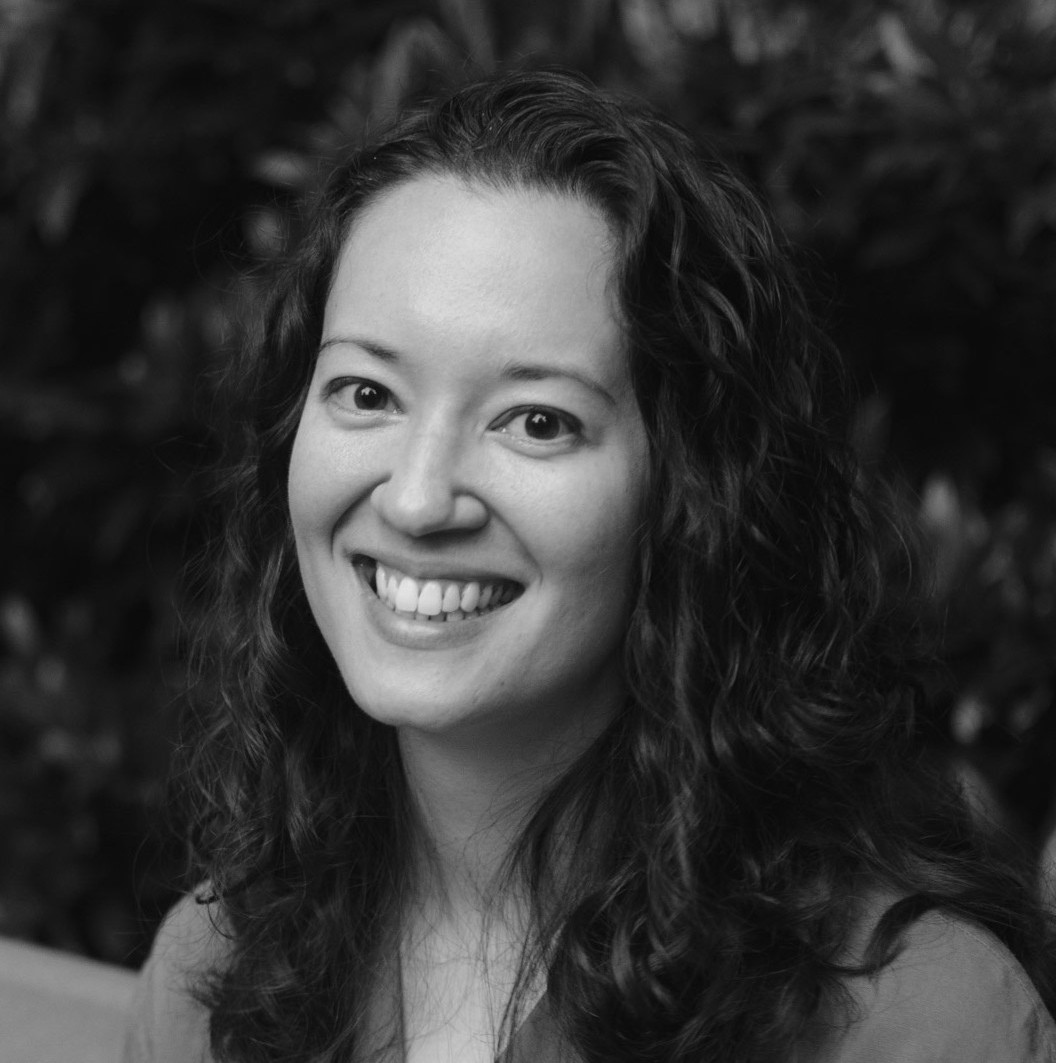
Reina Dickey is an Assistant Professor of Music at Miami University and the Artistic Director of MUSE Cincinnati’s Women’s Choir. At Miami, Dr. Dickey directs campus and community choral ensembles, teaches choral music education courses, and mentors students in academic and professional settings. She earned degrees from the University of Cincinnati (DMA), Temple University (MM), and Miami University (BM).
Suites 4, 7, and 9 of José Siqueira's Cantigas Folclóricas do Brasil: Musical and Sociohistorical Aspects
This research aims to show how Brazilian composer José Siqueira (1907-1985) used musical elements from Brazilian folklore, popular urban musical traditions, and the classical Western tradition in the composition of three of his twenty Cantigas Folclóricas do Brasil (Brazilian Folk Songs), choral suites composed in 1972. A secondary goal is to provide interpretation approaches that take into consideration the musical and sociohistorical aspects of the pieces. Though in recent years Brazilian scholars have published works about Siqueira’s music, the literature review has shown that there is no published research about the composer’s choral music in English, with only two publications in Portuguese discussing the topic. The analyses have focused on the musical, sociohistorical, and interpretative aspects of these choral suites, and are supported by Siqueira’s own Trimodal System, as well as theory works such as Hermann Rechberger’s Scales and Modes around the World and Vincent Persichetti’s Twentieth-Century Harmony: Creative Aspects and Practice, works that discuss the interpretation of Brazilian vocal music, such as Vasco Mariz’ A Canção Brasileira de Câmara (The Brazilian Art Song), and works that discuss the interpretation of Brazilian choral music, such as Eduardo Lakschevitz’ Olhares sobre a música coral brasileira (Views on Brazilian Choral Music) and the various publications by Brazilian conductor Vladimir Silva.
The analyses of the Cantigas suites 4, 7, and 9 have shown that Siqueira arranged melodies from all parts of Brazil for 2- and 3-part choir with piano, harp and percussion (suite 4); mixed choir, woodwind quartet, piano, and percussion (suite 7); and unaccompanied voices (suite 9). Frequent chromaticism and syncopation, strong rhythmic vitality and drive, and a high level of dynamic intensity are constant presence in the suites. As a means to escape the restrictions of the major-minor system of tonality, the choral lines are abundantly harmonized through the stacking of intervals of 2nd, 4th and 5th, as advocated by Siqueira in his Trimodal System. We believe this research shows Siqueira’s skilled métier as a composer, as well as a clear picture of the musical diversity of Brazil, since the Cantigas Folclóricas do Brasil are based on and depict the diverse cultures that form the country. Especially for singers who do not speak Portuguese, this research will contribute as the basis for further research on topics such as José Siqueira’s music, Brazilian choral music, the interpretation of choral music, and music performance in general.
Dr. Marcel Ramalho
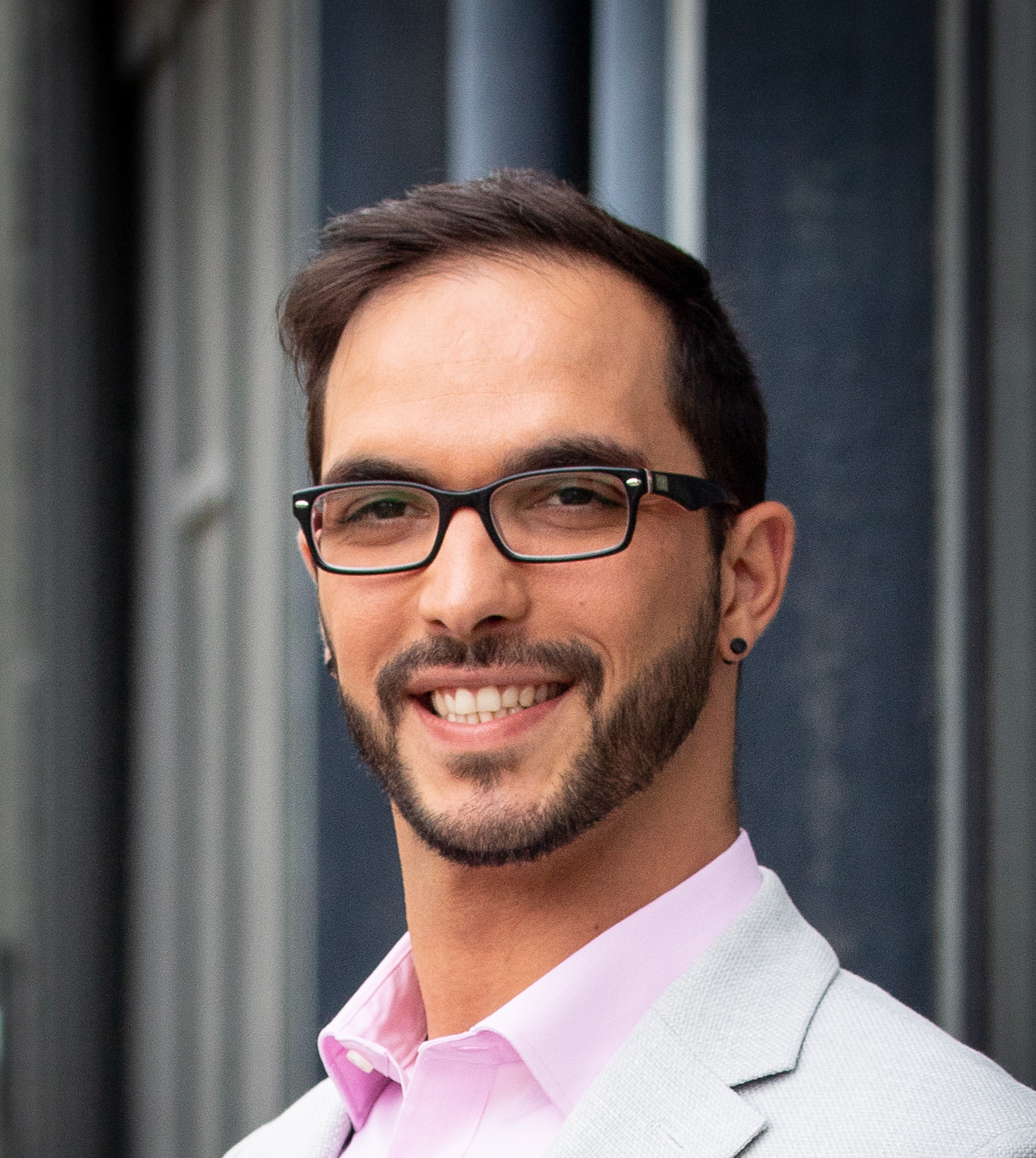
Dr. Marcel Ramalho is Director of Choral Activities and Assistant Professor of Voice at Augusta University. As a conductor, he has led performances of works such as Vivaldi’s Gloria, Britten’s Rejoice in the Lamb, and Hensel’s Lobgesang. Publications include articles in the Journal of Singing, Opus, Per Musi, and Revista da ABEM, and presentations at Source Song Festival, the College Music Society National Conference, the Southern ACDA Conference, and the Southeastern Region NATS Conference.
Teaching Hybridity, Identity, and Nationhood through Antonio Estévez's Cantata Criolla
What does it mean for music to reflect who we are—our histories, our tensions, and our transformations? Antonio Estévez’s Cantata Criolla offers a vivid and electrifying response. This landmark choral-symphonic work from Venezuela is more than a fusion of folk and classical traditions; it is a musical argument for belonging. Drawing from Indigenous, African, and European roots, Estévez creates a sonic landscape that mirrors the layered identity of a nation. At the same time, the work provides a powerful pedagogical opportunity: it invites conductors and educators to explore themes of hybridity, reclamation, and cultural storytelling.
Composed in 1954 and based on Alberto Arvelo Torrealba’s epic poem, Cantata Criolla tells the story of Florentino, a plainsman who duels the Devil through improvised verse. The narrative unfolds through the joropo, a national Venezuelan style shaped by centuries of cultural exchange. Estévez, trained in Western classical traditions, transforms sacred themes like the Dies Irae and Ave Maris Stella into Venezuelan vernacular idioms -— reclaiming colonial symbols through local sound.
This poster will examine the musical and cultural innovations of Cantata Criolla and explore how the work can serve as a rich teaching tool and model for approaching other works. It will highlight the piece’s technical challenges —-rhythmic complexity, metric shifts, improvisatory gestures -— and propose ways to
contextualize those challenges within broader conversations about identity and representation. While Cantata Criolla is uniquely Venezuelan, the questions it raises apply across the repertoire. Every piece carries cultural meaning shaped by context, intention, and identity. By encouraging ensembles to think beyond style and into story, we help them grow not only as musicians but as empathetic artists -— capable of recognizing and honoring the many voices embedded in the music they perform.
Dr. Eric D. Reyes
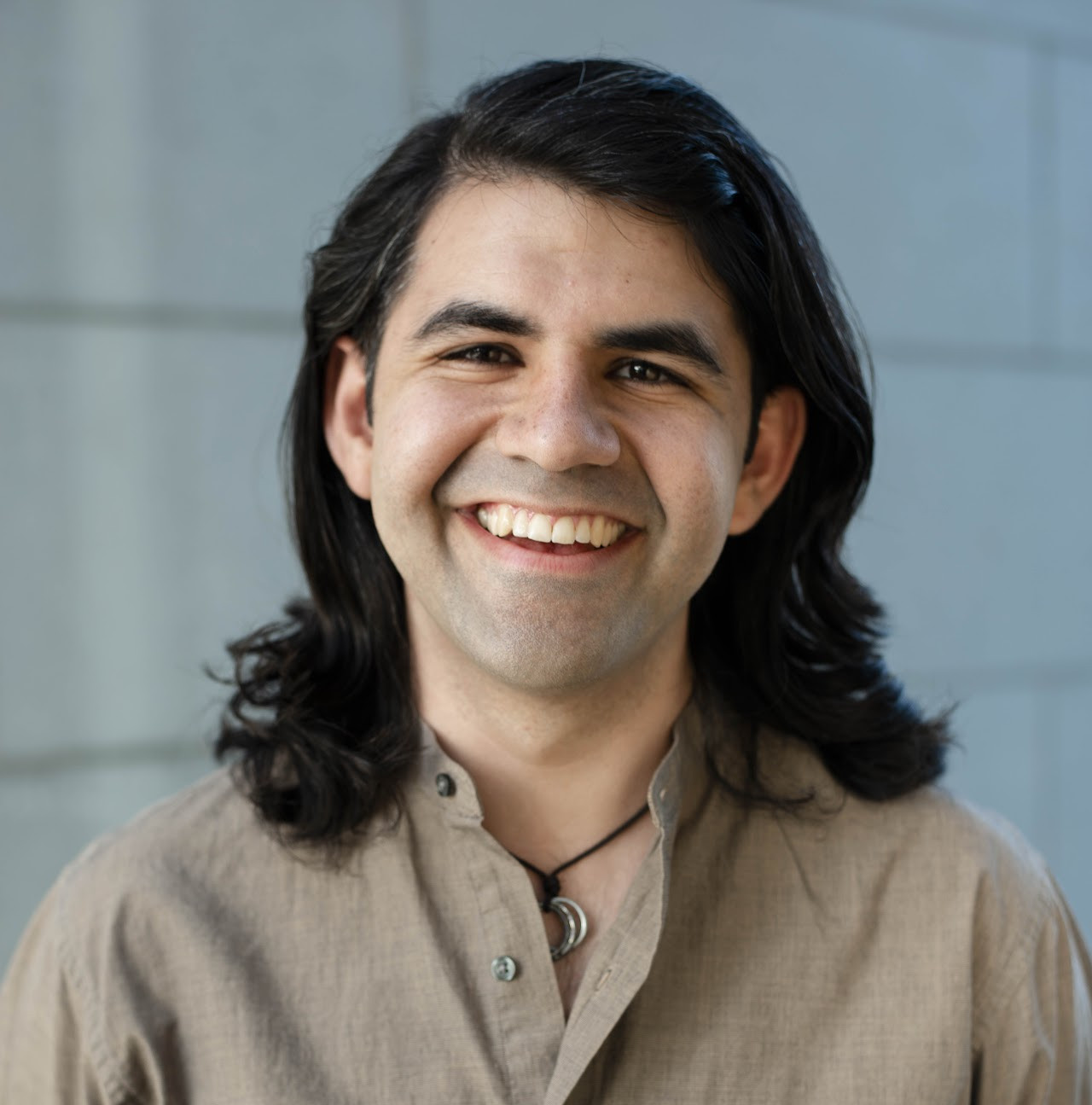
Eric D. Reyes is the Director of Choral Activities at Hope College in Holland, Michigan, where he conducts the Chapel Choir, VERITAS, and College Chorus. He holds a Doctor of Musical Arts and a Master of Music in choral conducting from the University of Michigan, and a bachelor’s degree from Moody Bible Institute. Reyes is actively involved as a clinician and adjudicator, recently having conducted the 2025 SSAA MSVMA High School Honors Choir.
Up, and defy them!: The Choral Music of Ethyl Smyth
Dame Ethel Mary Smyth (1858-1944) was a English composer, conductor, author, and suffragist heralded as “not only the greatest British composer, but the greatest woman composer of the world” after her death. Research and recognition of her work has been expanding in recent years, with a conference entirely dedicated to scholarship on her held in Dublin in 2024. The premier performance of her cantata The Song of Love, Op. 8 occurred in 2023 at Christ Church Cathedral, Oxford, England. Her final large work, The Prison, won a Grammy in 2021 in the Best Classical Solo Vocal Album. Of her works, Dame Smyth is relatively recognized for her solo vocal works and her operas, and some of her instrumental and chamber works have enjoyed rather continuous performances, but beyond the Mass in D, her choral works are less well known. Much of her reemergence as a choral composer has happened in the United Kingdom, with many United States-based conductors unaware of the extent of her choral compositions.
This poster will include a few important elements. First, it will display a biographical sketch of the life of Ethel Smyth, including important performances, life events, and her non-musical activities (suffragist and author). Each of the choral works will have a synopsis of the text and a brief outline, including some musical examples. This is especially important as some of her works are not publicly available, and I have made edited copies of some of the earlier works that are in the public domain. These works deserve to be heard and are perfect for collegiate choirs. Finally, some brief comments on her compositional style will conclude the poster. It is hoped that this poster will expand the knowledge of Ethel Smyth’s choral music to collegiate conductors in the United States.
Dr. Christopher Clark
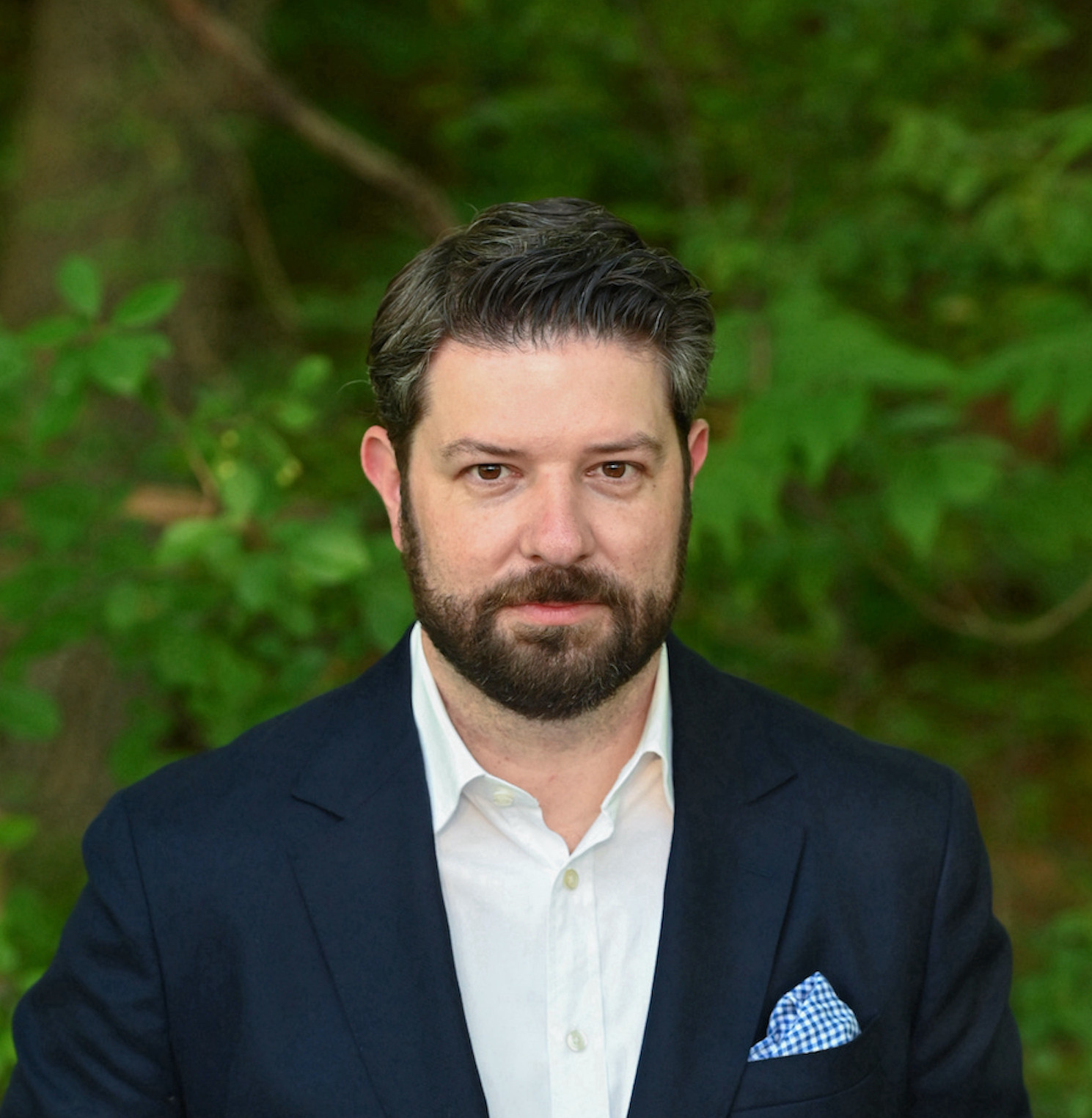
Dr. Christopher L. Clark is the Director of Choirs and Instructor of Music Education at Case Western Reserve University in Cleveland, Ohio. He taught choral music for 15 years in public school systems in Ohio and Massachusetts. Dr. Clark’s research interests include the secularization of society and how it effects the choral field, non-religious spirituality, and the choral music of British suffragist Ethel Smyth.
Fostering Choral Composition
How can we support choral composition within our programs?
The Renova New Music Ensemble -— a student-led choir at the University of Colorado Boulder -— has done just that, inspiring a surge of student-composer collaborations. In just four years, Renova has premiered and workshopped over 65 new student works, fostering a culture of curiosity, service, and community, all rooted in a passion for contemporary choral music and collaboration with living composers.
This poster session will illustrate how Renova collaborates effectively with emerging composers from within its university, detail the administrative infrastructure behind running a student-led new-music ensemble, and highlight the impact of student-driven leadership on the future of choral repertoire. The poster will survey methods of establishing a high-performing ensemble centered on homegrown composition. Video clips from Renova’s premieres will be available for viewing, and interested parties will also have access to templates for recruiting, auditioning, scheduling, repertoire selection, and more.
From managing composer workshops and quality recording sessions to volunteering at community events and producing full concerts, learn the ins and outs of creating successful experiences that provide greater accessibility for new composers to gain real- world experience working with choirs. Tap into the creative potential in your own community—and help debut the next era of choral music!
This poster session will graphically display statistics about RNME’s activities, including the significant increase in premieres of new choral works within the composition department, the growth of the ensemble over time, and community engagement. Other points of interest include ensemble operations and logistics –– how does a student-run choir accomplish so much?
Mr. Blake Clawson

Blake Clawson is an award-winning composer, conductor, and educator from the Pacific Northwest. A dual Master's student in composition and choral conducting, he strives to create music that takes listeners to the ineffable space between wonder and nostalgia. Recent highlights include an arrangement for recording artist John Van Deusen, the commission and premiere of "Myrkvun", an Icelandic-language choral cycle for the Rocky Mountain Chorale, and the recording of "there are fields" by KC VITAs.
The Correspondence and Thought Processes of Robert Schumann in Der Rose Pilgefahrt
This session will explore the correspondence and thought processes of Robert Schumann and connect them to his composition, Der Rose Pilgefahrt. This session will examine the parallels between the story of the “Rose” and Schumann’s own life journey near its end and use personal correspondence to uncover the emotional and mental toll that Schumann’s declining health caused. The music will serve as an aural depiction of these themes, offering greater insight.
Schumann is an excellent case study in mental and emotional deterioration as his music during the final years was looked down upon by his closest friends, colleagues and wife, Clara. Robert reveals his humanity in the setting of Der Rose Pilgefahrt, a strange poem by an obscure poet. This story unfolds with a Rose who wishes to become a human. When she does, she marries and bears a child. Then her life is to be forfeited, but she deems it worthy of the sacrifice, because she leaves behind a child and loving husband. The story is strange, haunting, and perfectly parallels Robert’s own impending doom.
This work was completed in 1851 during one of his first “health crisis” interventions, which typically included self-admission into some type of mental rehabilitative institution. 5 years after the piece’s completion Schumann would succumb to complete mental illness and eventually pass away from complications related to his condition.
By examining the personal correspondence of both Robert and Clara, a clearer picture of the unraveling of Robert’s sanity begins to emerge. Der Rose Pilgefahrt is an intriguing look at something completely different composed by Robert. The composition itself is haunting and beautiful, while remaining simplistic in many ways. Beginning to understand the code switching in his composing, and the different style of his choral compositions altogether, the complexity of the mental decline of a master composer and musician takes on a life of its own.
Mr. Wyatt Smith
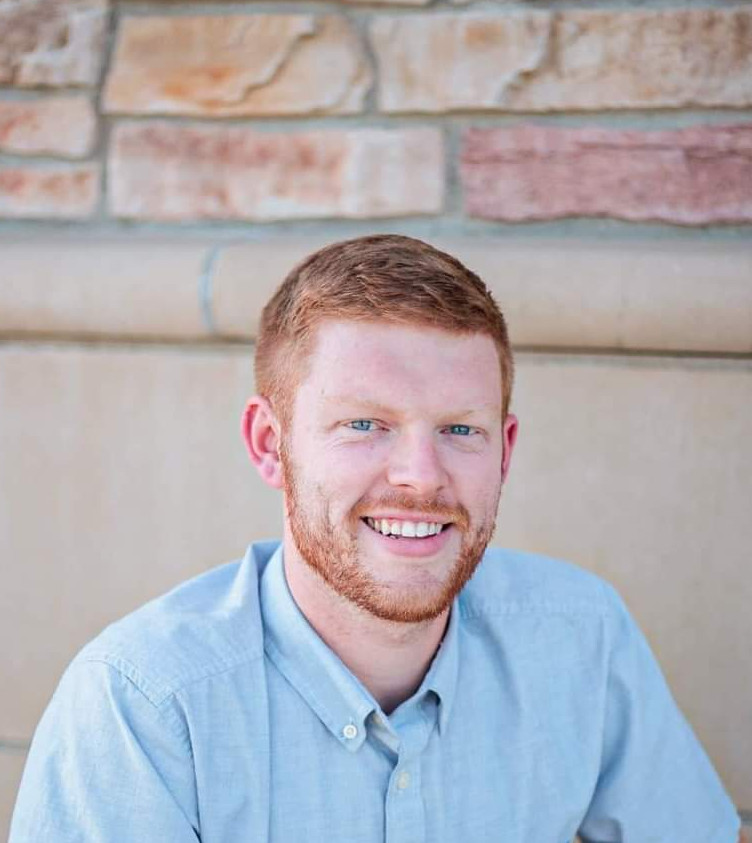
Wyatt Smith is pursuing his MM in Choral Conducting at CU Boulder where he studies with Dr. Coreen Duffy and Dr. Elizabeth Swanson. As a Kansas native he gained 7 years of experience working with K-12 music ensembles and theater programs throughout Kansas. Smith is currently working with collegiate, community, and church choral ensembles in Boulder, Colorado and the Denver metro area.